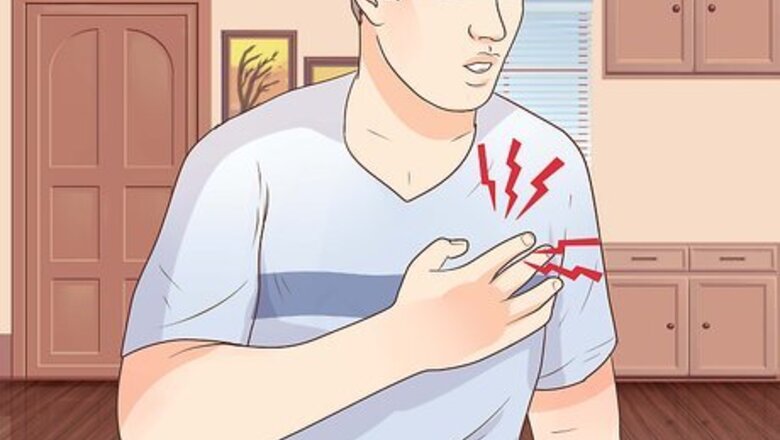
views
X
Trustworthy Source
Centers for Disease Control and Prevention
Main public health institute for the US, run by the Dept. of Health and Human Services
Go to source
Heart disease is the leading cause of death for both men and women but recognizing early signs and symptoms of a heart attack is key to preventing death and significant physical disability. Approximately 47% of sudden death from a heart attack will happen outside the hospital, indicating that many people may be ignoring the first warning signals their body is sending.[2]
X
Trustworthy Source
Centers for Disease Control and Prevention
Main public health institute for the US, run by the Dept. of Health and Human Services
Go to source
Being able to recognize the symptoms of a heart attack, and then calling your local medical emergency number immediately can help prevent a larger heart event and potentially save a life.
Identifying the Classic Symptoms of a Heart Attack
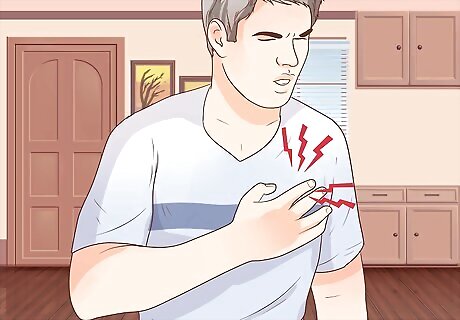
Be aware of any chest discomfort or pain. According to a survey done by the Center for Disease Control and Prevention, 92% of people recognized that chest pain was a symptom of a heart attack but only 27% were aware of all the symptoms and knew when to call their local emergency number. Although chest pain is a common and classic symptom, you may initially believe you are suffering from bad epigastric pain or heartburn. Chest pain from a heart attack feels like someone is squeezing your chest or an elephant is sitting on your chest - it cannot be relieved with antacids. However, in a study by the Journal of the American Medical Association, researchers found that 31% of men and 42% of women did not experience chest pain which is commonly associated with a heart attack. Diabetic patients are also at risk for less classic symptoms of a heart attack.
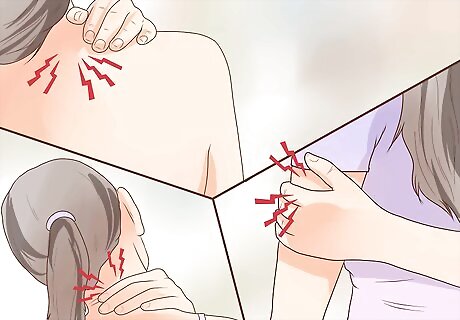
Take note of any upper body pain. Pain from a heart attack can spread beyond the chest to the upper shoulders, arms, back, neck, teeth or jaw. In fact, you might not experience pain in your chest at all. A chronic toothache or upper back pain can be the early signs of a heart attack.

Expect mild symptoms at first. Most heart attacks begin with mild symptoms described below. However, do not be tempted to “tough it out.” Instead, if the symptoms do not disappear within five minutes, call your local emergency number for immediate medical treatment.
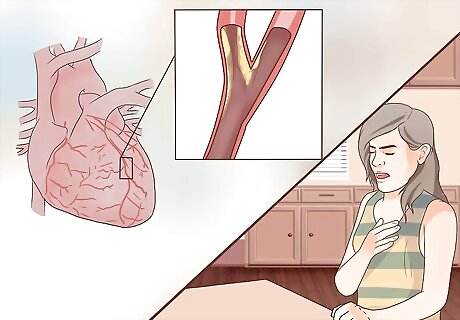
Assess whether the pain is related to angina - if the person who may be having a heart attack has a history of that condition. Ask if their angina disappear rapidly with treatment - some people with coronary artery disease suffer from angina, or pain in the chest with exertion. This occurs when their heart muscle cannot get enough oxygen to support their current activity. A person suffering from angina may have medication to help open the arteries in the heart and eliminate the pain. If the angina does not disappear rapidly with rest or treatment, it can be a signal of an imminent heart attack.

Look for any stomach pain, nausea or vomiting. Pain from a heart attack can be experienced in the stomach. It may feel like heartburn but it is not relieved at all with antacids. You may also experience nausea and vomiting without chest pain or other signs of gastrointestinal flu.

Call your local emergency number if you suspect a heart attack. Do not do anything else first. Do not delay in getting medical help - your best chance of a strong recovery with minimal damage to the heart muscle is by getting medical treatment within one hour of symptoms occurring. Do not start aspirin therapy on your own - your emergency operator, emergency personnel, or emergency room doctor will determine if taking an aspirin is right for you.
Looking for Atypical Symptoms of a Heart Attack
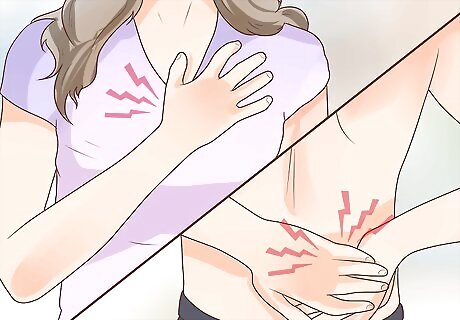
Look for atypical symptoms if the sufferer is a woman. Women may experience other atypical or uncommon signs of a heart attack more frequently than men. Some of these include: Sudden onset of weakness Body aches Overall feeling of illness sometimes described as having the “flu” Sleep disturbances
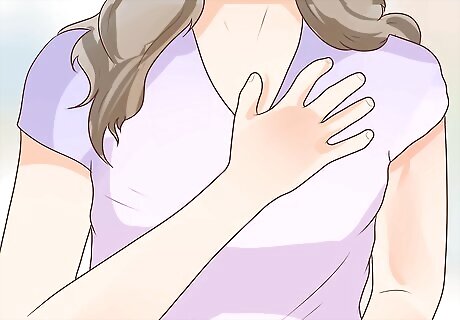
Be aware of unexpected shortness of breath. Shortness of breath is a symptom of a heart attack that can occur before chest pain. You will feel as if you can’t get enough oxygen into your lungs, or as if you just finished running a race.

Watch for lightheadedness, anxiety and sweating. Symptoms of a heart attack can include feeling anxious for no apparent reason. You may experience lightheadedness or cold sweats without chest pain or other symptoms.
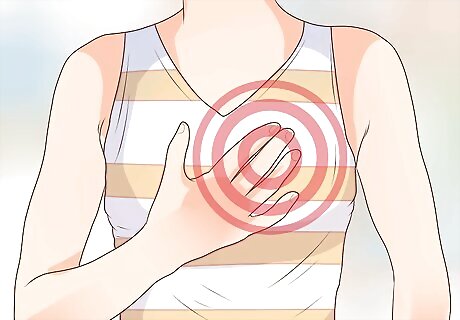
Be aware of extreme heart pounding. Is your heart pounding in your chest? If your heart feels like it is pounding in your chest, or as though it is racing or you feel palpitations, or it feels as if the rhythm has changed, this is an atypical or uncommon sign of a heart attack.
Assessing the Risk Factors for a Heart Attack
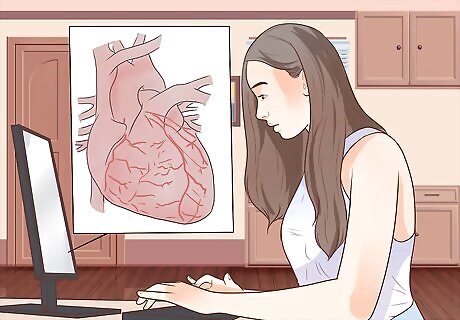
Understand that there are different types of risk factors for heart disease. There are factors you can change by making changes to your lifestyle choices and there are some that you cannot. When you are aware that the choices that you make increases or decreases your risk of heart disease and of a heart attack, you make better choices.

Understand the risk factors for developing heart disease that you cannot change - these are factors that cannot be changed and should be considered when assessing your overall risk of a heart attack. Risk Factors you cannot change include: Age: Men over 45 and women over 55 have a higher risk of heart attack. Family history: If your close blood relatives have had an early heart attack you may be at a higher risk. History of autoimmune disease: If you have a history of an autoimmune disease such as rheumatoid arthritis or Lupus, you are at higher risk of having a heart attack. Pre-eclampsia: this is a condition in pregnancy
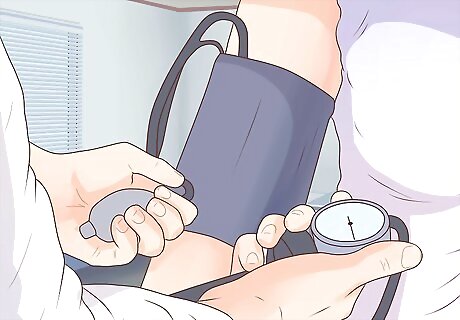
Understand the risk factors for developing heart disease that you can change. These risk factors can be lessened by changing your lifestyle - for instance by eliminating negative behaviors or adopting positive ones. These risk factors include: Smoking: smoking is an independent risk factor for sudden cardiac death in people who suffer from coronary artery disease. Smoking cigarettes increases the risk of developing coronary artery disease. High blood pressure Physical inactivity Diabetes Obesity High cholesterol Stress and illegal drug use
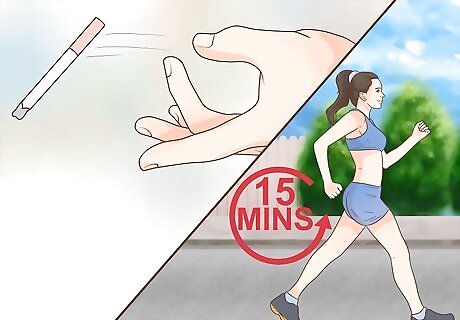
Lower your risk of heart attack by striving to stay active every day - go for a brisk walk for 15 minutes after lunch and dinner. Eat a healthy diet low in salt, trans-fats and carbohydrates, high in healthy unsaturated fats and proteins. Stop smoking. It is important to follow your doctor’s recommendations for treatment and medication if you are at risk of a heart attack, or if you are recovering from one.
Understanding How a Heart Attack is Medically Treated
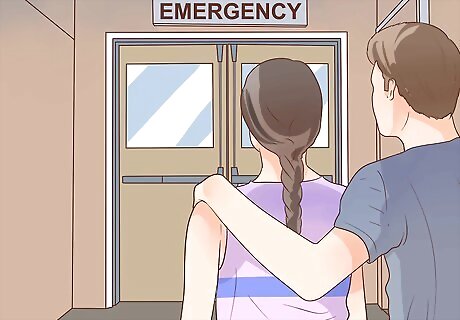
Expect immediate attention in the Emergency Room. A heart attack is life-threatening and also can respond well to immediate and early treatment protocols. If you or a friend are in the ER with a potential heart attack you will receive immediate attention.
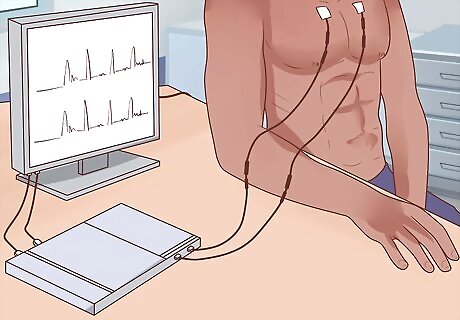
Expect an ECG. An electrocardiogram is a test that measures the electrical activity of the heart. This will show the doctor how much muscle may be injured or if you are in the middle of having a heart attack. An injured muscle will not conduct electricity the way that an uninjured muscle will. The electrical activity from the heart is transmitted through electrodes placed on your chest and printed on paper for evaluation.
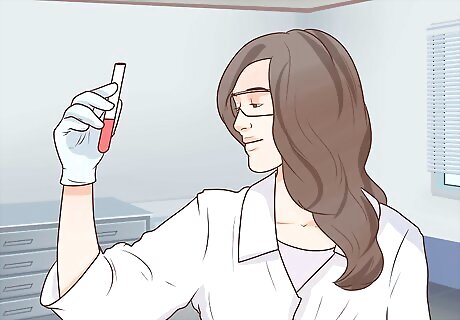
Expect blood testing. When the heart muscle is injured during a heart attack there are specific chemicals released into the bloodstream. Troponin is one chemical that remains in the blood for up to two weeks - giving your doctor a reasonable method of diagnosing whether you recently had a heart attack which might have gone un-diagnosed.
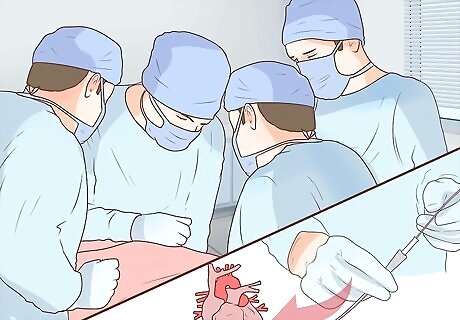
Prepare for cardiac catheterization. Your doctor may perform a cardiac catheterization to find out more information about the condition of your heart. During the procedure, a catheter is inserted into a blood vessel and into your heart. It is often inserted through an artery in the groin area, and is a relatively risk-free procedure. During a cardiac catheterization, your doctor may: X-ray your heart using a contrast dye. This can help your doctor see if there are any narrow or blocked arteries. Check the pressure in the chambers of your heart. Take blood samples, which can be used to measure the oxygen content in your heart chambers. Perform a biopsy. Check your heart's ability to pump efficiently.
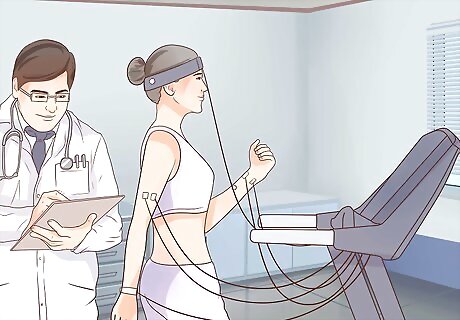
Expect a stress test after the event is over. In the weeks following a heart attack you may undergo a stress test to evaluate how the blood vessels in your heart respond to exercise. You’ll be on a treadmill and hooked up to an electrocardiogram machine which measures the electrical activity in the heart. This will help your doctor determine long-term treatment for your condition.













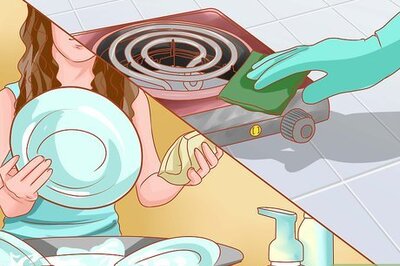




Comments
0 comment